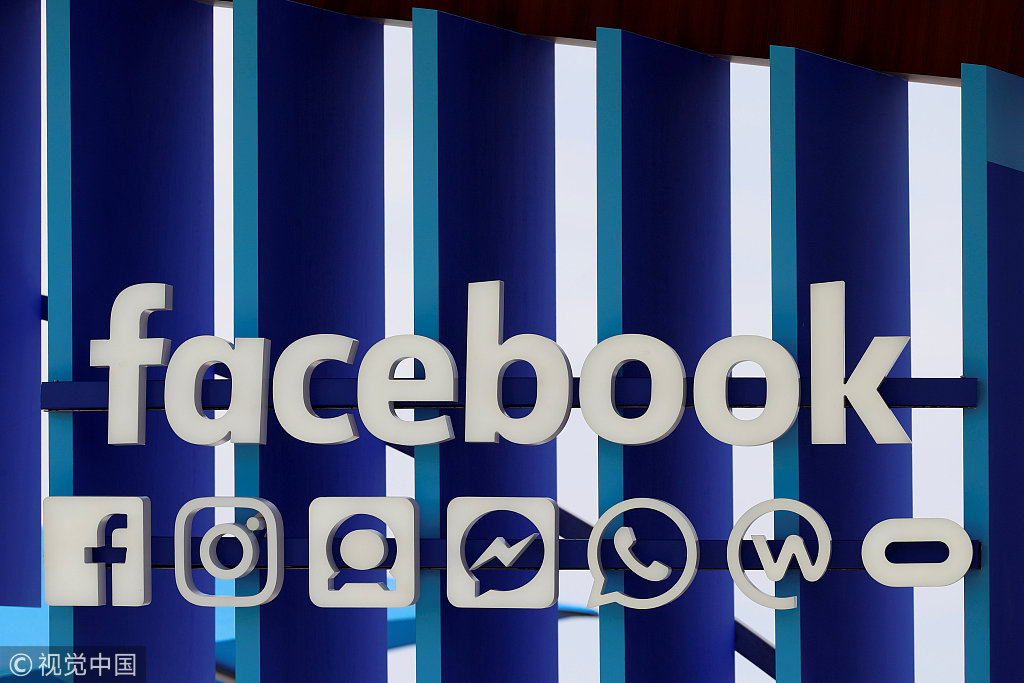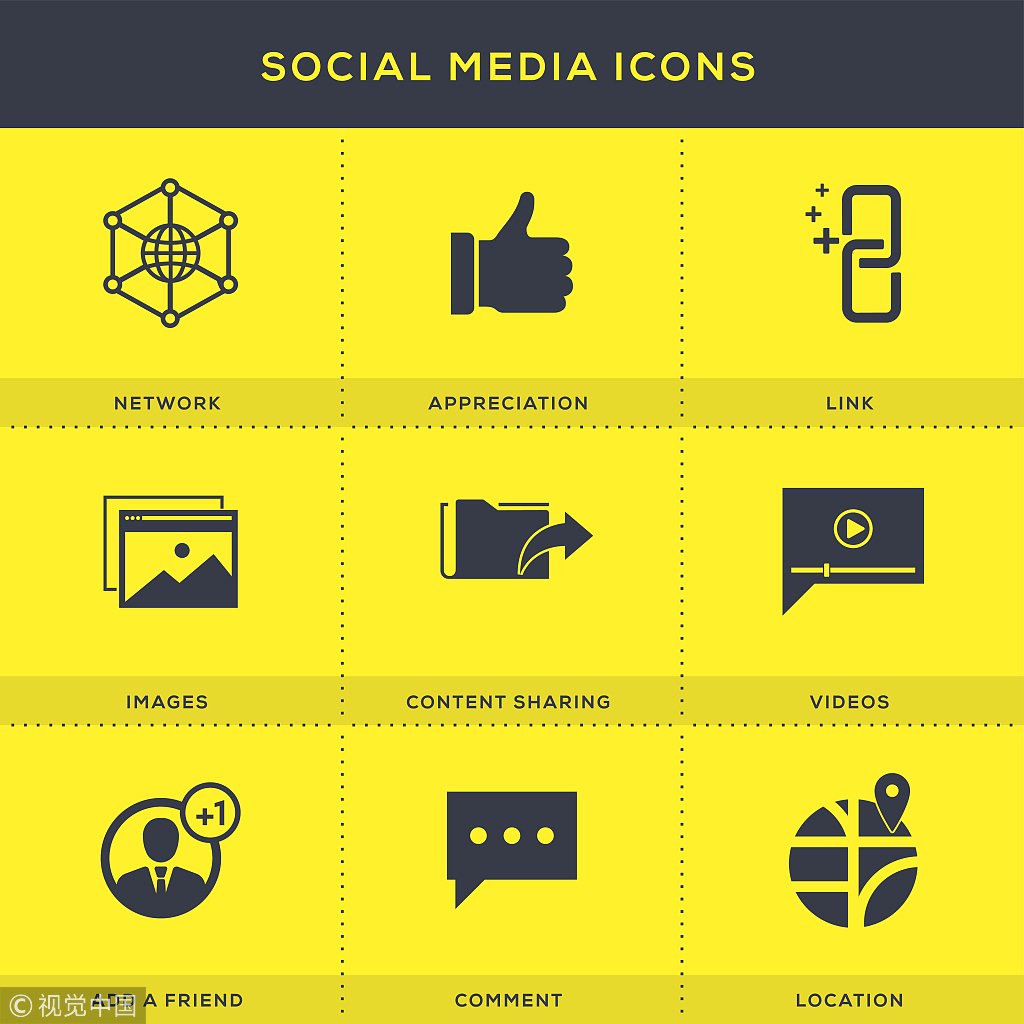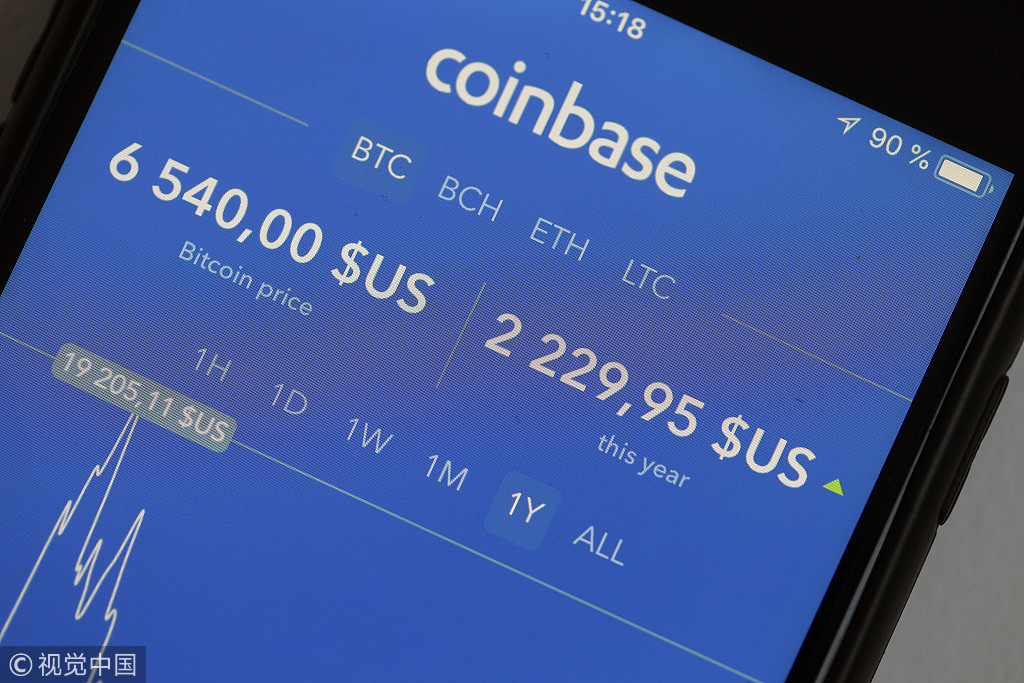
Opinion
10:18, 05-Feb-2019
The evolution of social networks
Updated
14:09, 05-Feb-2019
Henry Yan

Editor's note: Henry Yan is a product manager at Facebook, a former product manager at LinkedIn and chief product officer at Hub, a blockchain startup. Henry is a KPCB fellow and leads an angel fund in silicon valley. While at Duke University, he was an AI/machine learning researcher under Ingrid Daubechies, the president of International Math Union. The article reflects the author's views, and not necessarily those of CGTN.
In the ever-advancing world of social network and messaging apps, numerous products have ebbed and flowed. In North America, Facebook has continued its dominance with its family of apps, which include Facebook, Instagram, Whatsapp and Messenger with the average revenue per user (ARPU) doubling in three years.
In Asia, WeChat and Line claim a major market share with advanced mobile-first and seamless e-commerce experiences. Bytedance is an emerging force with AI-powered apps: Their video platform TikTok recently ranked No.1 most downloaded in the app store in some geographies. With Facebook in its 15th anniversary and numerous social apps permeating people's lives, the following trends of social networks are worth noting.

A Facebook panel is seen during the Cannes Lions International Festival of Creativity, in Cannes, France, June 20, 2018. /VCG Photo
A Facebook panel is seen during the Cannes Lions International Festival of Creativity, in Cannes, France, June 20, 2018. /VCG Photo
The proliferation of AI services
AI is intelligence demonstrated by machines. A branch of computer science that deciphers phenomenal amounts of data often using cognitively-inspired technologies, AI is constructed to understand and complete tasks previously done by humans. Social networks will increasingly use AI to make sense of the exponentially-increasing plethora of user-generated data.
Be it ranking your favorite brands on Instagram, recommending personalized content to delight users on the news feed, and suggesting job matches on LinkedIn, AI and deep learning continue to enable new experience frontiers.
AI and deep learning will permeate every aspect of social networks with advancements in computer vision, speech recognition, NLP/NLU, GAN, etc. Because of the massive reach and leveraged impact of AI, it is crucial to ascertain that the algorithms and data sets are developed in a fair, unbiased manner.
Modern Messaging as the ubiquitous medium
The people-centric nature of social networks gives rise to messaging as the primary medium of exchange. For Facebook in some geographies, the total time spent in messaging services is starting to eclipse that of its news feed (for example, India as a country spends 6.7 billion minutes on News Feed, while spending 8.5 billion minutes on messaging).
On Facebook Messenger, the number of Monthly Active Chat bots has exceeded 300,000, covering use cases in marketing, customer service, flight reservation, commerce, etc.

VCG Photo
VCG Photo
Before as a product manager at LinkedIn owning InMail (a messaging monetization product connecting users to the economic opportunity at scale), I observed first-hand how a simple messaging interface can satisfy the recruiting and job application scenario. In Asia, apps such as WeChat have achieved ubiquitous business logic by enabling commerce, transactions, flight reservations, hospital appointments, etc. Most messaging services share the following traits:
● Real-time (includes read receipts, type status)
● Asynchronicity
● Intuitive Interface
● Trusted Identity
In addition, many messaging apps are moving to end-to-end encryption (E2EE) to ensure a more secure user journey.
Other exciting product visions include the announcement that Facebook will bring AR (augmented reality) to Messenger, starting in beta with customers like Kia Motors and Nike sharing their latest models and shoes via Messenger bots and its camera. Messaging in the future will increasingly become the predominant medium and one-stop experience interface for a massive number of use cases. The possibilities are boundless.
Ephemeral UGC becomes predominant
Stories as an emerging form of ephemeral user-generated-content (UGC) includes videos, photos and posts that self-destruct after 24 hours.
In August 2016, I witnessed the launch of the early Instagram Stories product while at Facebook. When I returned just 2.5 years after, the Stories product has become an unstoppable goldmine for Facebook with 500 million monthly active users.
Because that ephemeral content disappears after a while, they are fresher and poses less mental barriers for users. In a recent quarterly earnings call, Zuckerberg outlined three top priorities for Facebook: Stories, Video, and Messaging. This clearly attests to the increasing dominance of ephemeral sharing.
Ephemerality is truly a new dimension in a social network and will become more widely adopted in the future. To quote Instagram founder Systrom, “People want to actually share a lot more, but they don't want it to hang on the gallery wall.”
Blockchain and cryptocurrency are here to stay
While most DLT (digital ledger technology) and blockchain-based platforms still face scaling problems as users grow, the number of blockchain-based social network (BSN) startups is increasing both in quantity and users. My previous startup, Hub, aimed to build a decentralized professional network powered by universal, self-sovereign reputation and identity data, one where trustworthy behavior and positive content contributions are rewarded.
Blockchain-based social networks mainly hinge on three value propositions: decentralized identity, control over data and rewards for contributions. Examples abound. As most social networks nowadays rely on ads revenue, BAT and Brave browser built a model where consumers (viewer of ads) gets rewarded with cryptocurrency. Steemit is an Ethereum-based social network where writers and contributors monetize their content by receiving positive engagement feedback.

The Coinbase cryptocurrency exchange application is seen on the screen of an iPhone in Paris, France, October 05, 2018. /VCG Photo
The Coinbase cryptocurrency exchange application is seen on the screen of an iPhone in Paris, France, October 05, 2018. /VCG Photo
Content moderation and governance are yet not solved for decentralized social networks, in addition to having a consensus algorithm optimizing the balance among security, the degree of decentralization and TPS. Many established players such as Tencent, Facebook, Baidu, Google, are all investing resources in the blockchain. Whether or not blockchain-based social networks will gain mainstream adoption remains in question, but like it or not, BSN and crypto are here to stay.
While products continue to evolve, the trust will remain the cornerstone of all social networks. Trust includes second-party trust (among users) and third-party trust (towards platforms).
Many social networks like Facebook have made significant investments in the realms of safety, integrity, and security while strengthening defenses against election interference.
WeChat and Instagram have rolled out health-oriented features to limit addiction and time spent on the site. With the advance of AI, deep learning, ephemeral content, messaging/bots, blockchain/cryptocurrency, and many others, it is certain that the next decade of social networks will only be all the more enthralling.
(If you want to contribute and have specific expertise, please contact us at opinions@cgtn.com.)

SITEMAP
Copyright © 2018 CGTN. Beijing ICP prepared NO.16065310-3
Copyright © 2018 CGTN. Beijing ICP prepared NO.16065310-3